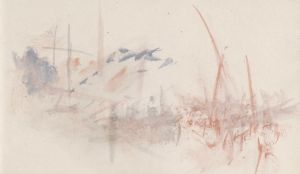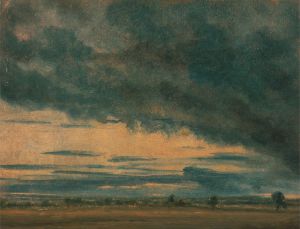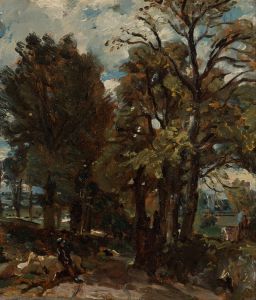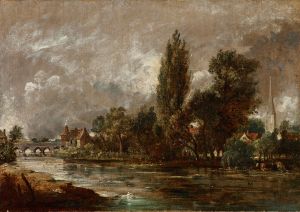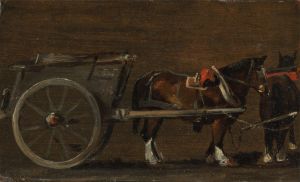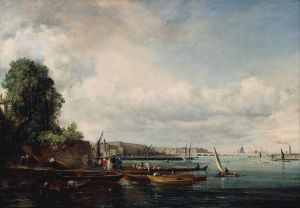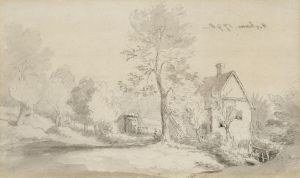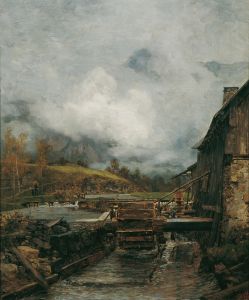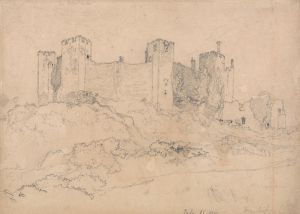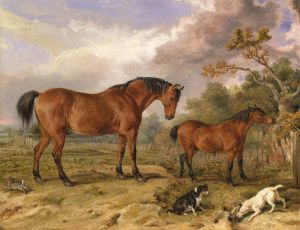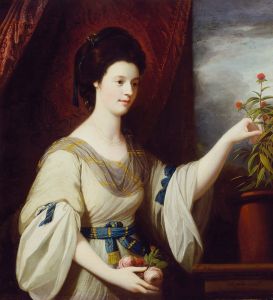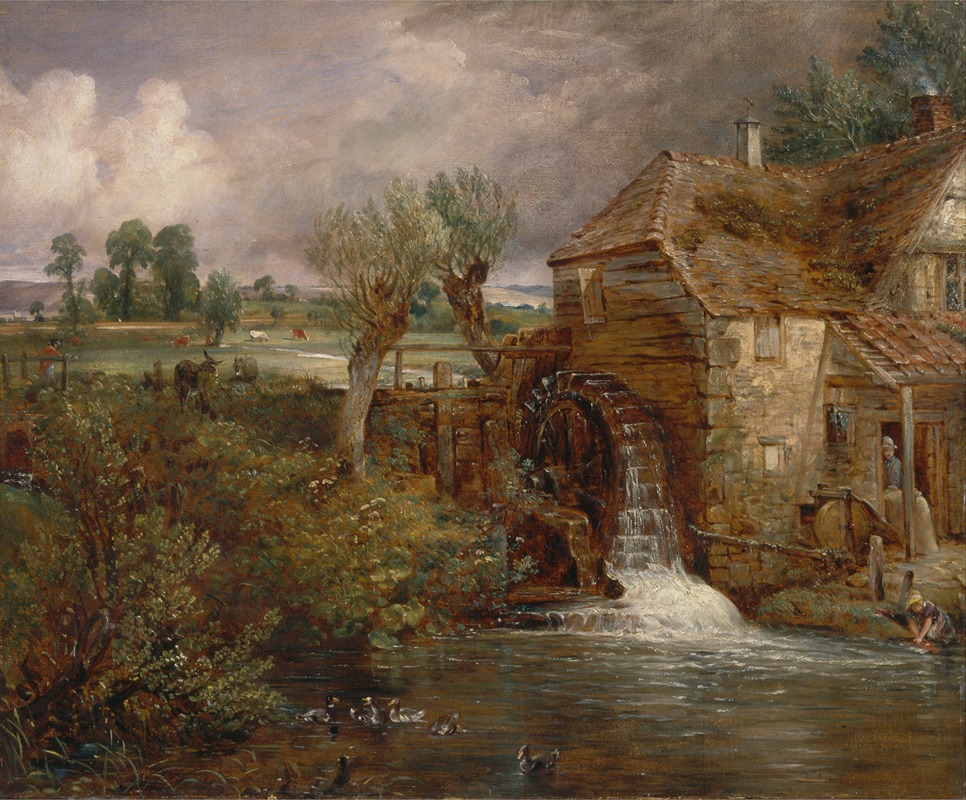
Parham Mill, Gillingham
A hand-painted replica of John Constable’s masterpiece Parham Mill, Gillingham, meticulously crafted by professional artists to capture the true essence of the original. Each piece is created with museum-quality canvas and rare mineral pigments, carefully painted by experienced artists with delicate brushstrokes and rich, layered colors to perfectly recreate the texture of the original artwork. Unlike machine-printed reproductions, this hand-painted version brings the painting to life, infused with the artist’s emotions and skill in every stroke. Whether for personal collection or home decoration, it instantly elevates the artistic atmosphere of any space.
John Constable, an English Romantic painter renowned for his landscape paintings, created "Parham Mill, Gillingham" during the early 19th century. Constable is celebrated for his ability to capture the natural beauty of the English countryside, and this work is no exception. The painting depicts Parham Mill, located in Gillingham, a town in the county of Dorset, England. This work is part of Constable's broader exploration of rural England, which he often depicted with a sense of realism and attention to atmospheric effects.
Constable was born in East Bergholt, Suffolk, in 1776, and his upbringing in the countryside profoundly influenced his artistic vision. He is best known for his dedication to painting scenes from his native Suffolk and surrounding areas, which he referred to as "the scenes of my boyhood." His works are characterized by their detailed portrayal of nature, the play of light, and the changing weather conditions, which he meticulously studied and rendered in his paintings.
"Parham Mill, Gillingham" exemplifies Constable's skill in capturing the essence of rural life and the natural environment. The painting likely features the mill as a central element, surrounded by lush greenery and possibly a waterway, reflecting Constable's interest in the interaction between human industry and nature. Mills were a common subject in Constable's work, symbolizing the harmony between human activity and the natural world.
Constable's technique involved the use of loose brushwork and a vibrant palette to convey the dynamic qualities of the landscape. He often painted en plein air, or outdoors, to better observe and capture the transient effects of light and weather. This approach allowed him to infuse his paintings with a sense of immediacy and vitality, qualities that are likely present in "Parham Mill, Gillingham."
Throughout his career, Constable faced challenges in gaining recognition within the British art establishment, which at the time favored historical and classical subjects over landscape painting. However, his work eventually gained acclaim, particularly in France, where it influenced the Barbizon School and later the Impressionists. Constable's dedication to landscape painting and his innovative techniques have secured his place as one of the foremost figures in British art history.
While specific details about "Parham Mill, Gillingham" may not be as widely documented as some of Constable's other works, it remains an important part of his oeuvre, reflecting his enduring fascination with the English countryside. Constable's legacy continues to be celebrated for its contribution to the development of landscape painting and its influence on subsequent generations of artists.





